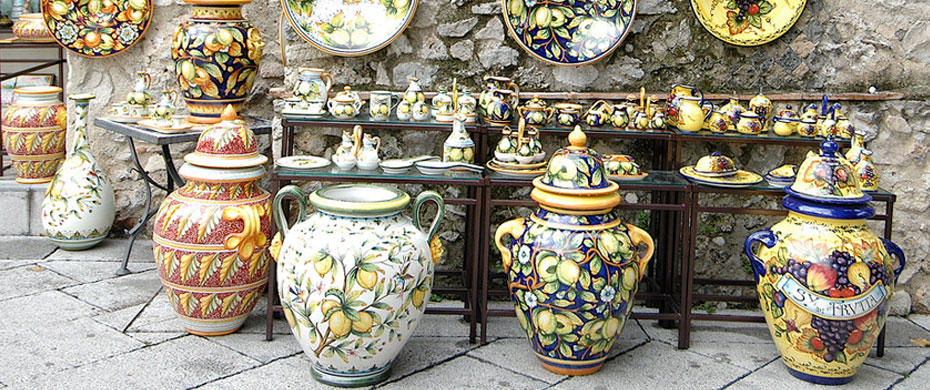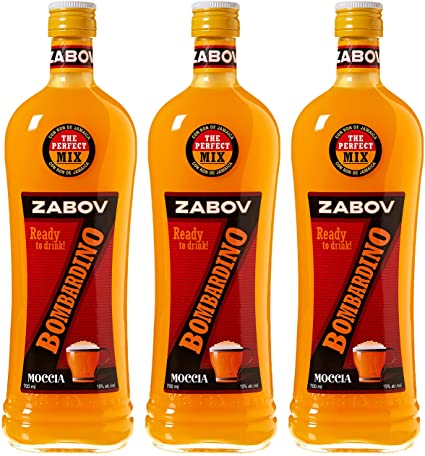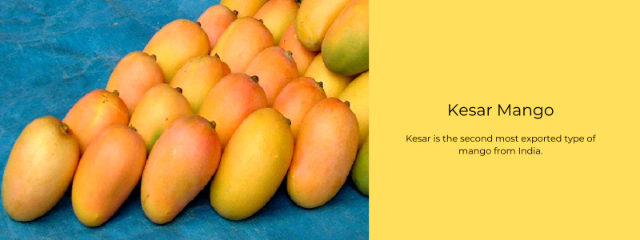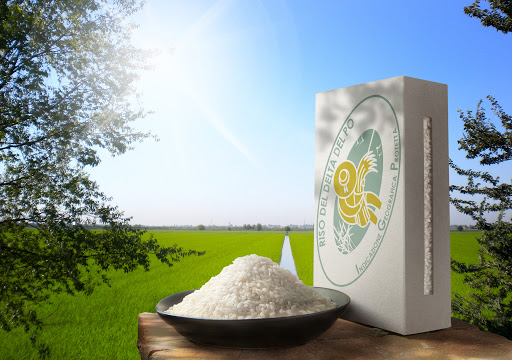A highly prized population of walnuts is grown on the Sorrento Peninsula. Fruits have medium size, regular oval shape with rounded base and slightly pointed apex, light cinnamon-colored thin shell. The kernel is clear, bulky, tender, crunchy and has a pleasant, delicate flavor.Historically, in this area, the walnut grew in symbiosis with olive trees and vines on the terraces of the hilly areas, while in the plains it was associated with citrus fruits. Its connection with the area is ancient: Sorrento walnuts were cultivated and valued as early as the Romans. This is demonstrated by the remains of fossilized walnuts and charred trees found at Herculaneum and the paintings depicting walnuts found in the Villa dei Misteri in Pompeii. Today, this connection is also evidenced by the names of some localities and streets: the town of Piano di Sorrento, for example, is also known as Caruotto, from the Greek word charouon, meaning walnut.Harvesting (bacchiatura) is carried out from September to the end of October, depending on the area: they are either beaten with long chestnut poles or climbed onto the trees. The nuts are marketed fresh, just picked, or they are dried on trellises outdoors.There are many typical coastal recipes using it as an ingredient: sauces, spaghetti with walnuts, not forgetting pastries (cookies, nougats, parfaits) and the famous liqueur called nocino or nocillo. Sorrentine walnuts are loved by pastry chefs for their organoleptic qualities, but also because the kernel, unlike other varieties, can be easily extracted whole.It is harvested between September and October













